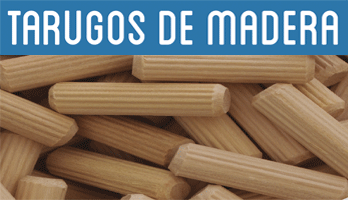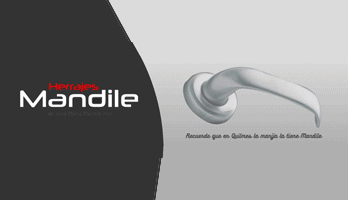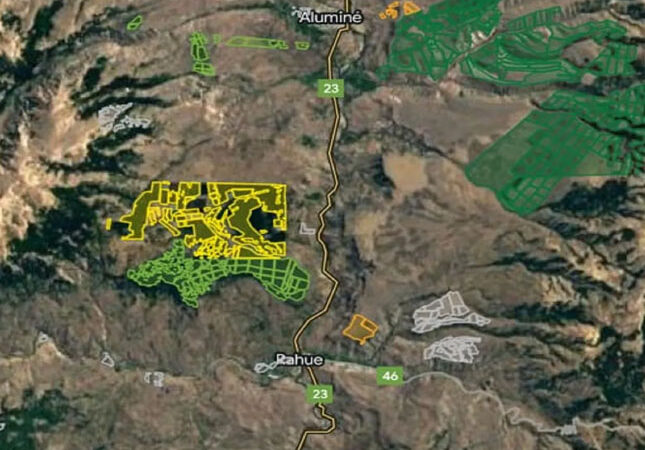
Neuquen | They monitor with an innovative sanitary map the control work of sirex noctilio that affects pine plantations
Neuquén seeks to become a vanguard in the fight against a wasp that does not give up
The wasp massively affects pine forests. The province is the first to draw up a sanitary map that monitors and allows comparison of the progress of sirex noctilio, a species known as "pine sweeper".
The government of the province, together with INTA and SENASA, implement a new method that allows graphic comparison of the data obtained in aerial surveys (by helicopter) in 2019 and 2023. This task was coordinated with the advice of INTA EEA Bariloche.
In the first overflight it was possible to identify that more than 80% of the plantations were in satisfactory sanitary conditions, that is, with levels of pest damage of less than 10%.
While with this year's operation, it was concluded that the sanitary conditions have been maintained despite the drought conditions that negatively affect the trees, generating favorable conditions for the Sirex attack.
The Undersecretary of Production, Amalia Sapag, celebrated the complex method and remarked that Neuquén is the only province in the country that uses it. "The INTA technician with our team was working on it and then what is done is the aerial survey, completing forms and filming, with a specific visual field, marking it, and then it is complemented with a field check," explained the official. .
In addition, the sanitary map may be consulted by producers and interested parties on this website.
The pine borer wasp is an insect that fulfills its cycle inside the wood; only in the adult state does it spend its life outside the tree.
Adults emerge from trees, leaving a sizable hole in the bark, live for a few days, and do not feed. It has a short flight period, covering summer and part of autumn depending on the area and weather conditions (especially temperature).
Males emerge about a week before females. They mate at the height of the treetops where a greater number of males are concentrated. After the initial period of flight, the females search for weakened trees to embed the eggs (approximately two per gallery) under the bark, making single or multiple perforations with the help of their ovipositor.
Although in Neuquén it is still necessary to carry out the field corroboration of the data obtained, the sanitary map shows the provisional data of the survey that shows that in the province 27% of the plantations do not register symptoms of the disease, which refers to about 15,359 hectares with 0% apparent affectation.
The affectation is incipient (5%) in 10,848 hectares (19%) and slight in 16,524 hectares (29%). The rest is divided into moderate, severe and extreme, not reaching larger volumes, with the area surveyed at the provincial level of 56,175 hectares.
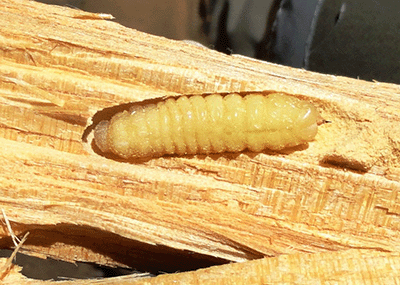

IT MAY INTEREST YOU
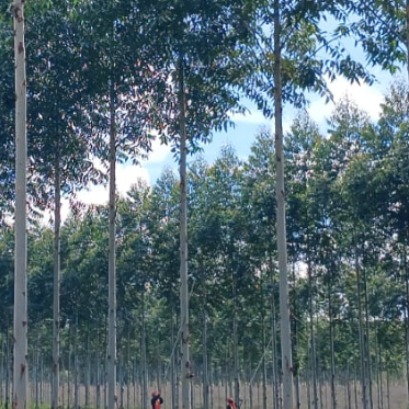 Paraguay | The plantations became instruments of territorial development and the generation of decent employment, INFONA highlights.
Paraguay | The plantations became instruments of territorial development and the generation of decent employment, INFONA highlights.
Plantings in different phases, control of ants and weeds, pruning and thinning, mechanized harvest, technology applied to the field and complete integration of the production cycle were part of the CREA Forestal proposal in its Technical Update Conference – JAT Forestal 2025. The event took place on Friday, November 14, at Estancia Ñemity, located in San Juan Nepomuceno, Caazapá, where agricultural producers, technicians, contractors, students and companies in the sector met to observe the forestry business of the future in action.
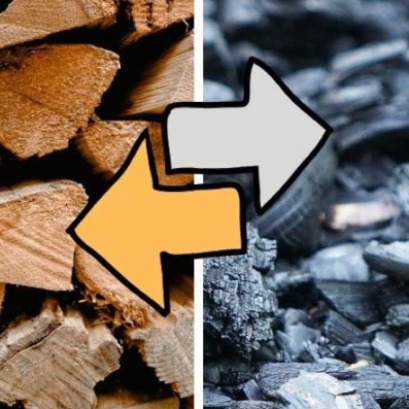 Canadian researchers make biochar from wood waste that rivals steel in strength
Canadian researchers make biochar from wood waste that rivals steel in strength
Researchers at the University of Toronto have developed monolithic biochar from wood that can reach an axial hardness of up to 2.25 GPa, similar to mild steel.
 Missions | New illegal felling in the Piñalito Provincial Park in San Pedro reveals the silent expansion of deforestation in protected areas
Missions | New illegal felling in the Piñalito Provincial Park in San Pedro reveals the silent expansion of deforestation in protected areas
The advance of deforestation on protected areas was once again evident this week in the Piñalito Sur Provincial Park, in San Pedro, where the Ministry of Ecology and Renewable Natural Resources confirmed a new case of selective illegal logging. The event occurs in a context of growing concern about the fragility of the environmental control system in rural and border areas, where the scarcity of resources, personnel and logistics limits the capacity of surveillance against criminal organizations organized to steal native woods and market them on the black market in connivance with sawmill owners.



